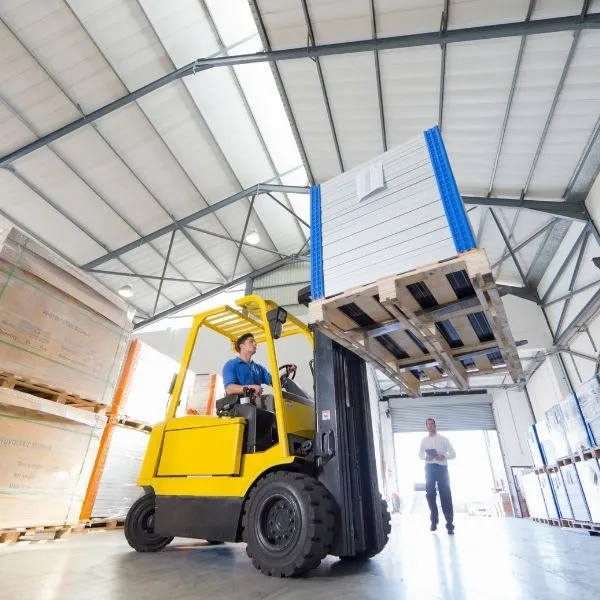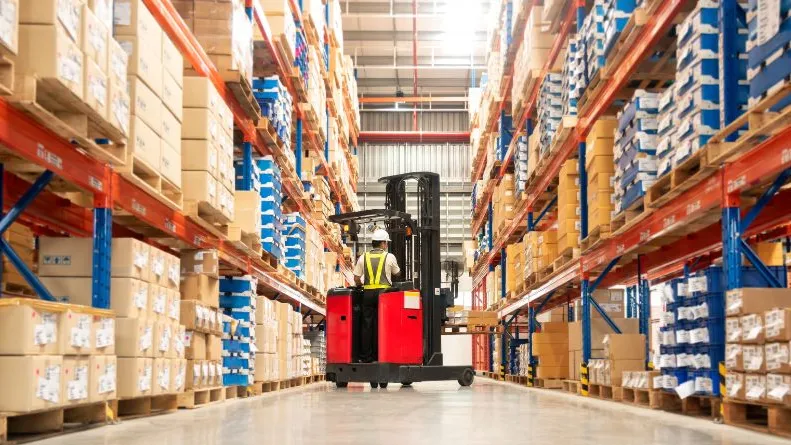Ultra-wideband (UWB) location tracking

Benefits
Ultra-wideband (UWB) tracking for precise indoor positioning
Systems using UWB can accurately pinpoint a 3D location of a tagged item, which makes them ideal to locate stock on warehouse shelves.
What's the difference between UWB and other tracking technologies?
Compared to Wi-Fi, Bluetooth and active RFID, UWB uses a higher frequency of between 3.1 and 10.6 GHz and involves multiple frequency bands rather than a single band.
This helps overcome the issue of multipath, which occurs when radio waves bounce off walls, objects, or the floor before reaching a receiver. Active RFID tags, which use 433 MHz to broadcast, may cause the signal to bounce around and reach the receiver at a different time than a signal transmitted straight to the receiver. This multipath effect reduces the location accuracy of a 433 MHz active RFID system, and makes it less suitable for some applications.
UWB can overcome this multipath effect by using different frequency bands, making it much more precise in locating a tagged object.
How does UWB work?
Each asset, stock item or person to be tracked is fitted with a UWB tag, which normally contains a battery and broadcasts its unique ID. UWB anchors are installed in the area to be monitored in fixed locations often on the ceiling or on the wall.
To calculate the locations of tags, UWB uses the time it takes the signal to travel from transmitter to receiver, providing highly accurate distance information.
In order to achieve this, anchors synchronize their internal clock via ethernet cable or Wi-Fi and then listen for pings from the UWB tags. Once synchronized, they record the time when a signal was received and pass it to a backend server which calculates the tag position based on the time difference of signal arrival at the anchors.
UWB signals are transmitted with low power, which prevents interference with other systems using the radio spectrum such as mobile phones and radios.
Typical applications of UWB
UWB technology is ideal where high location accuracy is required to track assets, inventory or people for manufacturing, logistics and other indoor environments.

WIP Management in manufacturing

Forklift Tracking and Stock Location




